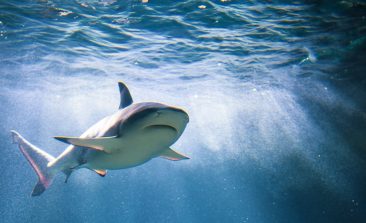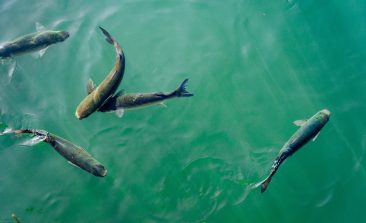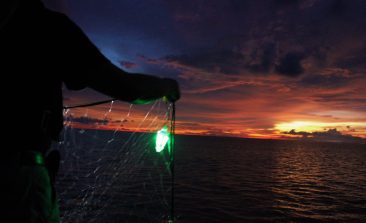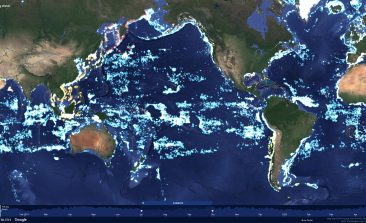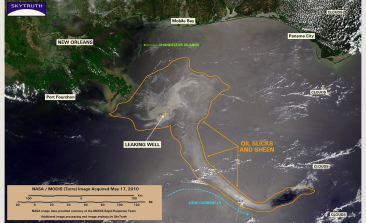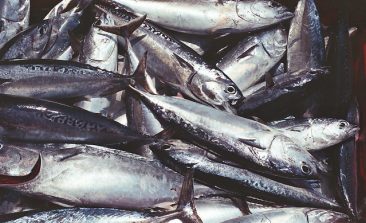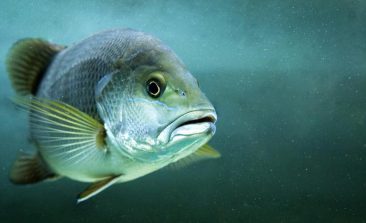Content to: Overfishing
Harnessing Digitalisation to Protect Mediterranean Great White Sharks
Among the ocean’s predators, the great white shark is possibly the most feared. Yet, despite its notoriety, the Mediterranean white shark population remains shrouded in mystery.
Aquaculture Gets a Digital Upgrade With Cloud-Based AI Software
Population growth and better living standards mean the demand for fresh fish, shellfish and crustaceans is constantly increasing. Aquaculture projects enhanced by AI are seeking to mitigate the damage to our oceans.
A Simple Technological Solution Could Save Endangered Marine Animals and Make Fishermen More Money
LED lights on nets have long been theorised as a method of reducing bycatch, but only now has a full scientific study been conducted into their use.
Global Fishing Watch: Monitoring Fishing From Above
A decade ago, it would have been impossible to create an accurate picture of the world's fisheries. But advances in satellite technology, cloud computing and machine learning have made it possible.
SkyTruth: Using the Power of Satellites to Hold Oil, Fracking and Fishing Companies Accountable
With a focus on oil spills, natural gas fracking and illegal fishing networks, SkyTruth’s work empowers NGOs and members of the public to become environmental watchdogs with a bird’s eye view.
Fishyleaks: Catching What’s Rotten in Overfishing
Fishyleaks is a great name for a great idea: aiming to reel in overfishing in European Union waters by inviting the industry to leak and expose illegal or unethical activities.
FishFace: Tackling Overfishing With a Fish Photobooth and Artificial Intelligence
Could artificial intelligence make the fishing industry more sustainable? The "FishFace" project is developing a solution that could help protect fish stocks around the globe.
The RESET App Check: Sustainable Seafood at Your Fingertips with the Good Fish Guide
Our appetite for fish is big. According to WWF, two-third's of the world's fish stocks have been exhausted or are overfished. To counter this, a number of organisations actively build awareness about which species of fish are sustainably farmed and which to avoid. We tested out the Good Fish Guide app to see how it helps consumers make sustainable seafood choices.
Drones and Satellites for Good – Wildlife Watching from Above
Wildlife conservationists are constantly having to up their game to stay two steps ahead of criminal poachers. For a proper bird's eye view, a handful of organisations are looking towards the sky, using satellite technology to help protect species on the ground.
